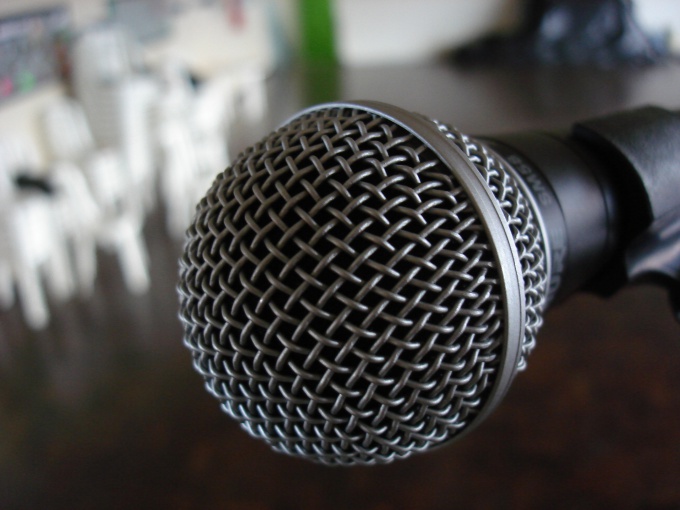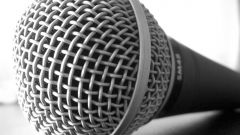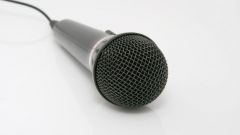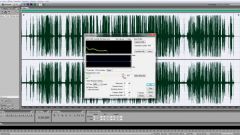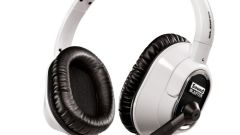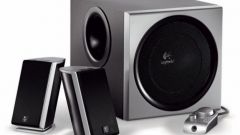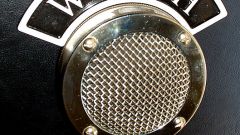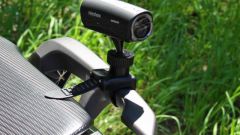Instruction
1
Determine the cause of interference by their nature. A strong hiss when recording outdoors can be caused by exposure to the MIC of the wind. Any kind of crash that occurs when displacement of the microphone that occurs when cliffs and the circuit wires. The presence of the signal, in addition to voices, background noise (the noise of cars, voices of people far from the microphone), indicates an incorrectly selected radiation pattern. Finally, the hum, the frequency of which depends on the distance between the microphone and the speaker - a consequence of acoustic feedback.
2
To protect the microphone from wind, use a special cap which is called windproof. He cannot enter into the delivery set of the device, and if not, just wrap it in several layers of foam with a total thickness of about 10 millimeters.
3
In the presence of cod, try to find, when bending what is the part of the cable it occurs. There is an intermittent short or open. Repair it.
4
To the microphone was sensitive only to the voice of the speaker, but not to background noise, change it on the other, has a narrow radiation pattern. Good results are differential microphones DEM and DEMS not sensitive to sounds, equally affecting the membrane on both sides. In a particularly noisy environment the microphone together to use the throat microphone.
5
To eliminate acoustic feedback, you can also use the differential microphone or the throat microphone. But they are rarely electret, and therefore to work in conjunction with a computer, this solution is unsuitable. Good results in this case can give piezo-electric throat microphone, developing a voltage of sufficient amplitude. It needs to be well electrically isolated from the neck. When you use an ordinary microphone, try lowering the speaker volume or put the device away from them. Finally, a radical solution is to use during recording or performance karaoke speakers instead of headphones.
